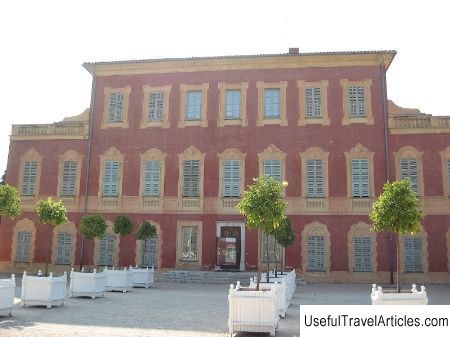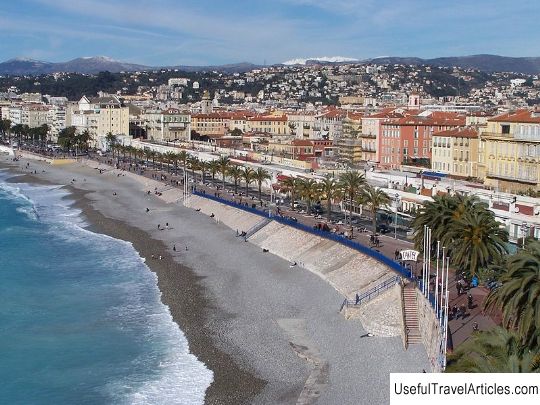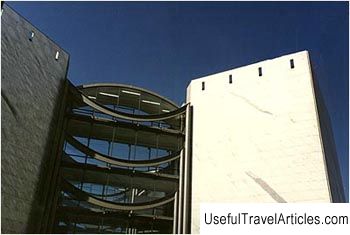Musee Matisse description and photos - France: Nice
Rating: 8,3/10 (705 votes) 
Musee Matisse description and photos - France: Nice. Detailed information about the attraction. Description, photographs and a map showing the nearest significant objects. The title in English is Musee Matisse. Photo and descriptionThe Matisse Museum is located in Cimiez, a former suburb of Nice, now its district, where the great artist lived for almost forty years, where he died and was buried. Henri Matisse moved to Nice in 1917 on the advice of doctors worried about the consequences of his bronchitis. He was already a famous artist, the founder of Fauvism, a mature family man. Nice captured Matisse at once. At first he lived at the Bo-Rivage Hotel on the Eta-Uni embankment. Matisse said: when he realized that every morning he could see this light over the sea and the color of the waves in the Bay of Angels ("fantastic, incredible"), he could not believe in his luck. Color was of the utmost importance to Matisse. Picasso believed that only two artists truly understood what color is - Chagall and Matisse. The entertainment of the resort town did not bother Matisse: in his free time he preferred not to go to the casino, but to row, he was an active member of the local sports club. But mostly it worked, of course. The blessed world after the First World War and the heavenly beauty of Nice were inspiring: Matisse created many paintings here, in which color still played the main role. These canvases depict the blue sea, yellow lemons, black Viennese chairs, pink and green summer umbrellas, women against a bright background in the sensual Odalisque series. The years of life in the south of France included hard times: parting with his wife, an oncological operation, after which he no longer got out of a wheelchair, World War II (for the apolitical Matisse, the arrest of his daughter for participating in the Resistance was a blow). After the war, the most important task for Matisse was the design of the chapel of the Rosary in Vance, next to Nice. Matisse died in 1954, and nine years later Nice opened his museum. The foundation of the museum was laid by the artist himself, who presented the city with a painting "Still Life with Pomegranates", several drawings, two silk-screen prints and a paper-cut "Creole Dancer". This fashionable decoupage technique Matisse began to use after the operation, when it became difficult for him to paint with paints. Now the museum collection includes 68 paintings (including decoupage techniques), more than 200 drawings, more than 200 engravings , 57 sculptures by Matisse, as well as stained glass windows, tapestries, books, photographs, ceramics, personal belongings of the artist. On the second floor, a separate room is dedicated to the chapel of the Rosary. The building that houses the museum is a juicy ocher-colored Genoese villa, built in the 17th century. It stands on the hill of Cimiez, and below is Nice, the city that Matisse fell in love with once and for all.       We also recommend reading Tiberius Bridge description and photos - Italy: Rimini Topic: Musee Matisse description and photos - France: Nice. |




